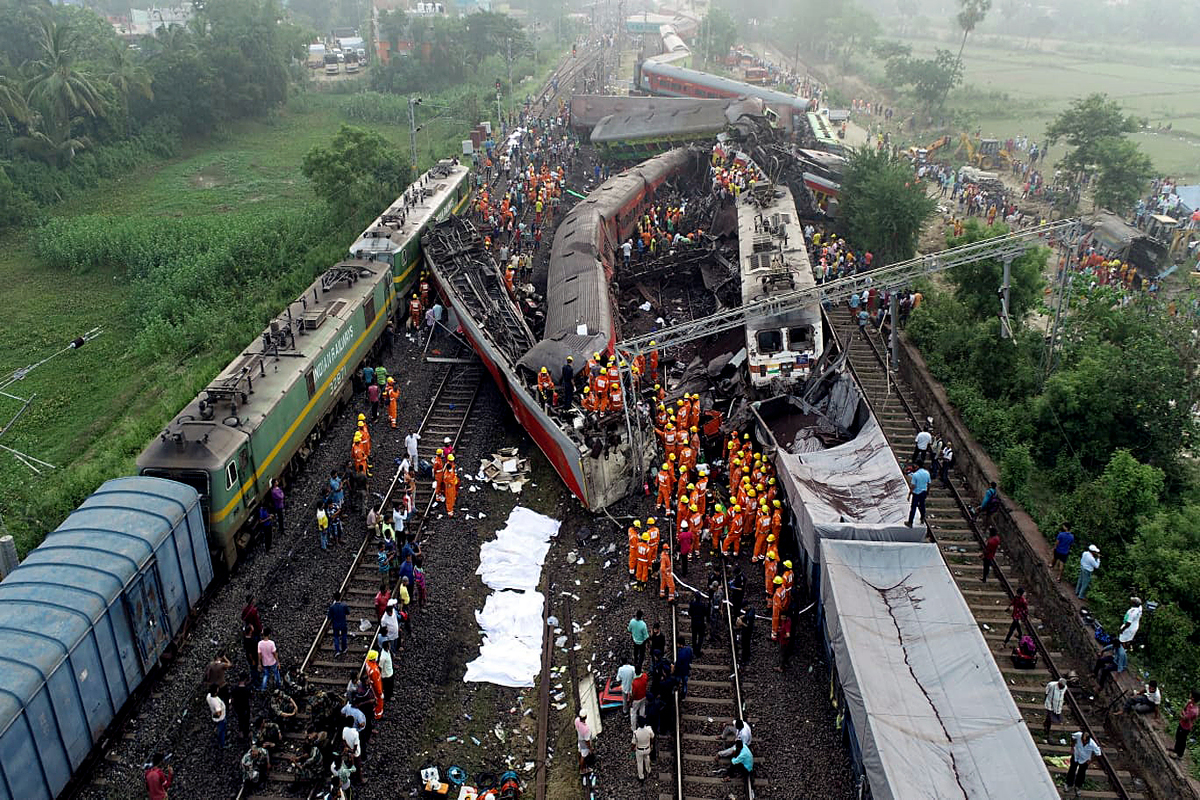Following an event in the Balasore district of Odisha, Kavach made headlines. In a series of events, three trains crashed, causing at least 238 fatalities and over 900 injured.
Many people are now claiming that Kavach would have avoided the accident in the wake of the incident.
Advertisement
KAVACH, however, was not offered on this route, according to a statement from the Railways.
The rescue operations are over, and repair work on the line has started, according to the Railways’ most recent statement, which was released at noon.
What is Kavach?
On March 23, 2022, the Ministry of Railways stated that the creation of the indigenous Automatic Train Protection (ATP) System known as Kavach will significantly improve the safety of train operations in India. The National ATP System for Indian Railways is Kavach, which was created by the Research Designs and Standards Organisation (RDSO) in partnership with three Indian vendors.
Kavach was created for supporting tough railway operations in challenging weather situations like dense fog, to help locomotive pilots avoid Signal Passing At Danger (SPAD) and overspeeding. The device also ensures improved control over train speed and averts potential accidents by automatically deploying brakes as needed.
The Kavach system’s major characteristics include automated brake application in case of inaction by locomotive pilot, the inclusion of an SOS feature to control trains in emergency situations, the provision of a line-side signal display in the cabin for improved visibility in foggy conditions and at higher speeds, continuous updating of movement authority, automatic whistling at level crossings, collision avoidance through direct loco-to-loco communication. Minister Ashwini Vaishnaw has given this information in a written response to a question in the Lok Sabha.
















